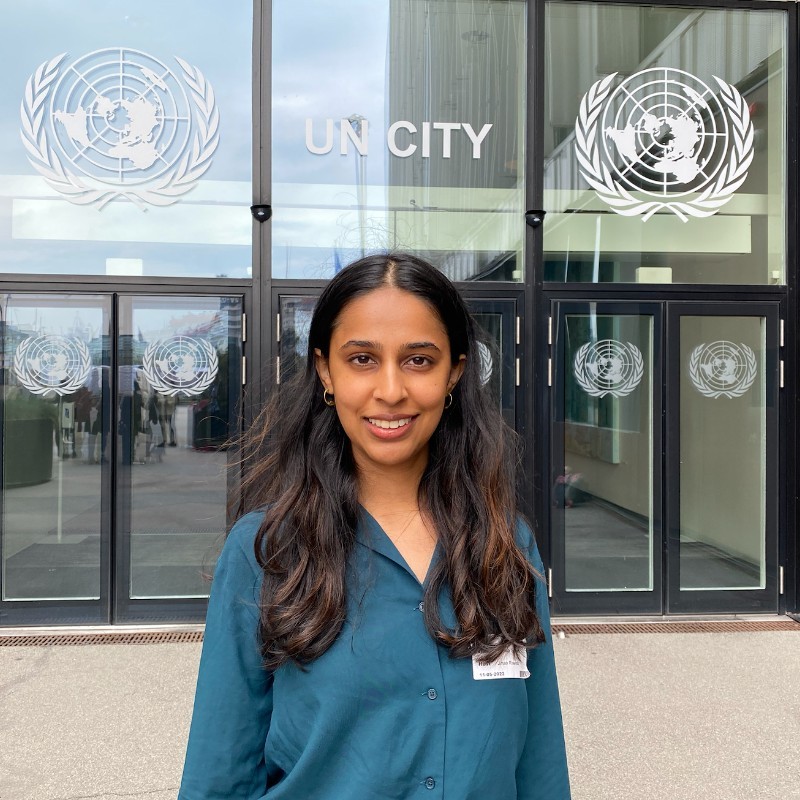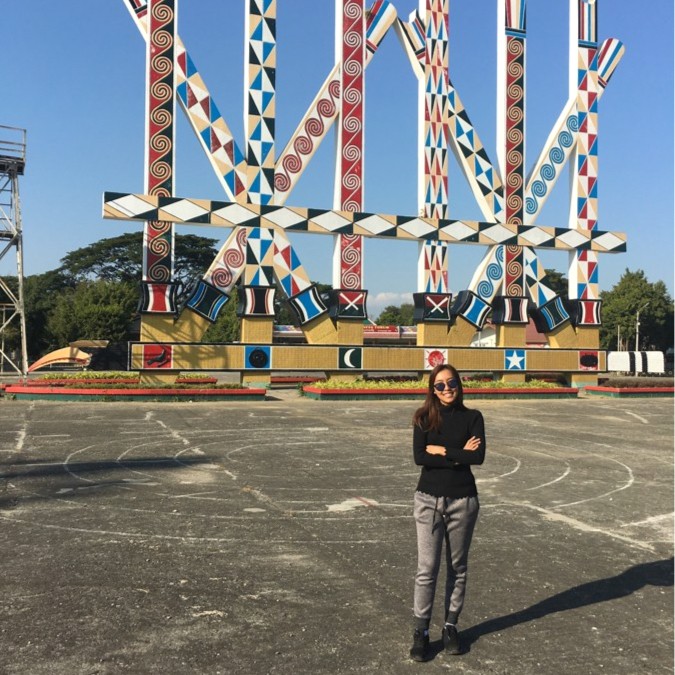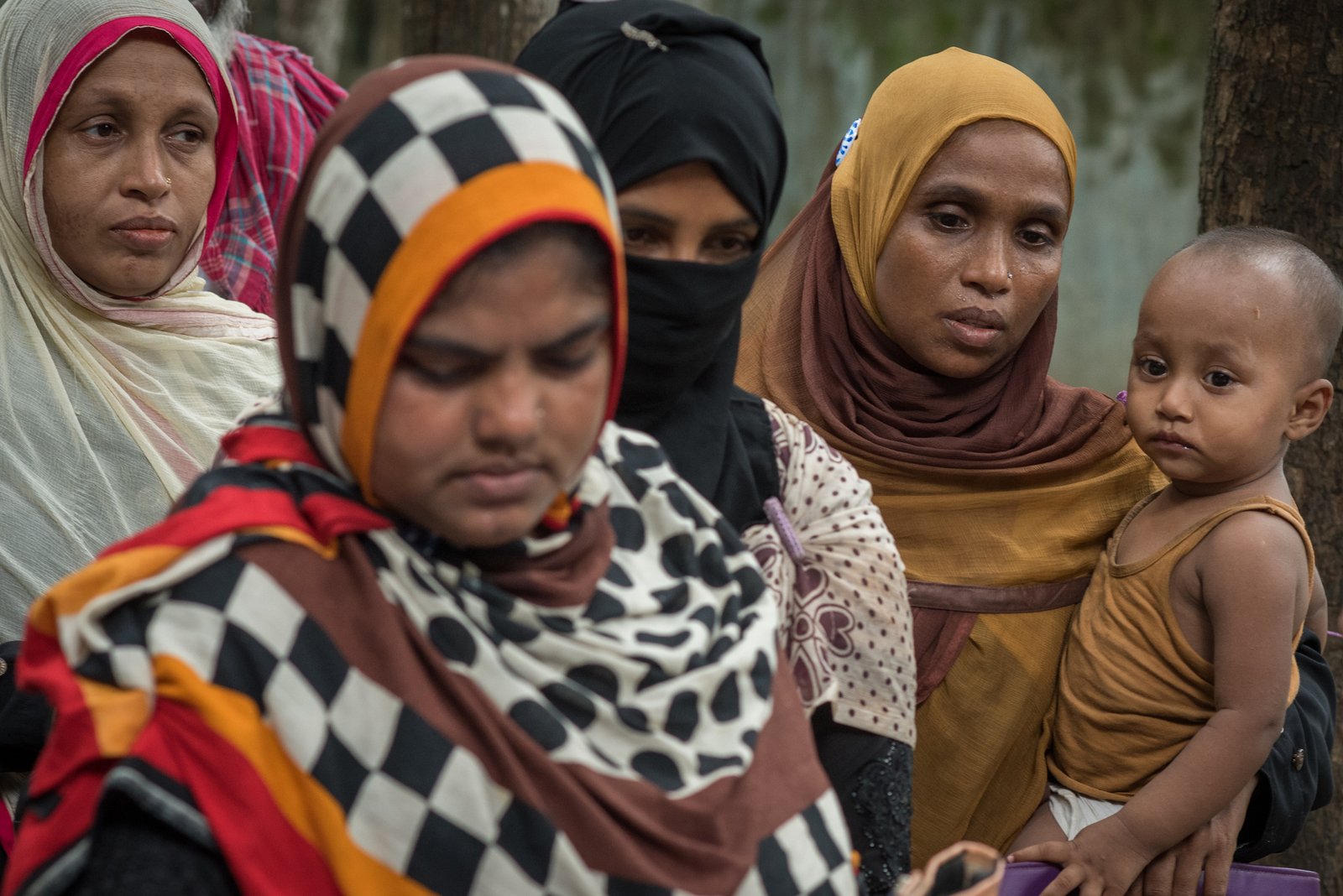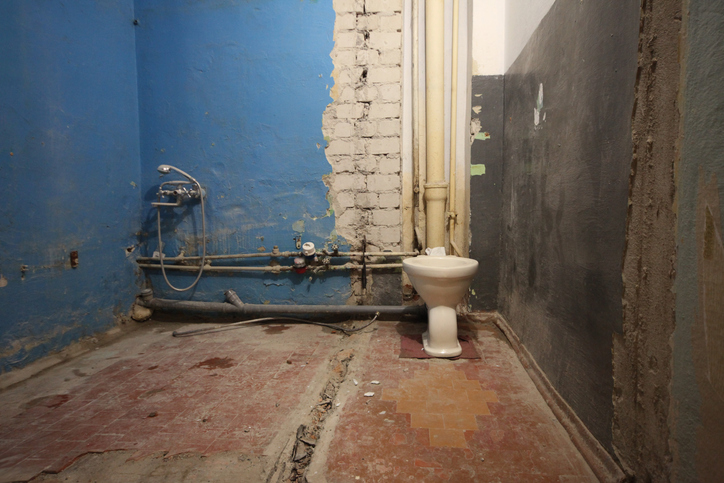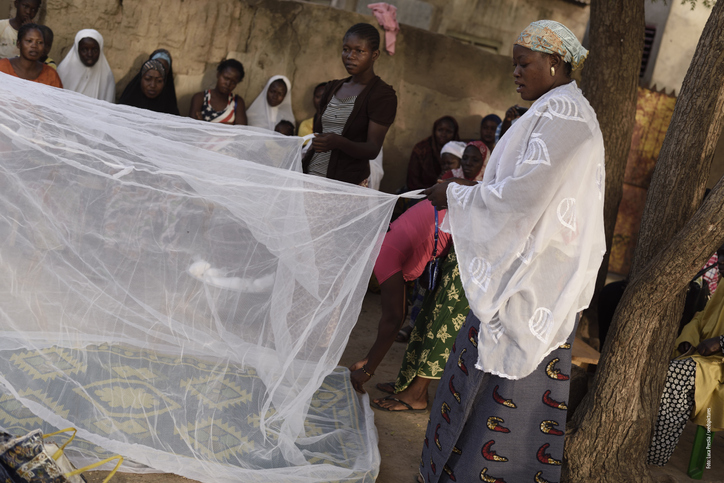A lack of continuity of care for people living with HIV during natural disasters and other crises can have highly damaging consequences. This column reports on the experiences of Mozambique in seeking to maintain the effectiveness of HIV treatment in the face of adverse shocks over the past ten years. Lessons from the country’s response can help to inform healthcare policy-making elsewhere in sub-Saharan Africa and beyond.
Over 30 years have passed since HIV/AIDS emerged as one of the most significant global health threats. In that time, scientific advances in basic knowledge of the virus and treatment have made this once deadly condition a chronic one. While people receiving antiretroviral therapies (ARTs) can now expect to live longer lives, socio-economic barriers and geographical inequities make access to ARTs one of the biggest struggles for HIV care in low- and middle-income countries.
The United Nations ’90-90-90’ goals for combating HIV called for the following by 2020: 90% of people living with HIV (PLWH) know their status, 90% of people who know their status are receiving treatment, and 90% of people on treatment have a suppressed viral load. These ambitious targets have since been updated to the ’95-95-95’ goals by 2030.
A key focus lies on sub-Saharan Africa: while the region is home to only 12% of the global population, it accounts for over 70% of the global burden of HIV infections.
Historically, each country has deployed a different healthcare strategy for targeting HIV. In 2015, the World Health Organization (WHO) adopted a ‘treat-all’ policy, whereby all ‘people living with HIV’ (PLWH) should be initiated on ARTs regardless of immunological or clinical status. This policy has been implemented to varying degrees in sub-Saharan Africa.
Mozambique, where 2.2 million people are currently living with HIV, has one of the highest proportions of deaths attributable to HIV/AIDS in the region. HIV prevalence is higher among women (15%) than men (9.5%), with gender inequality and gender-based violence contributing to these differences.
There has been substantial progress in the treatment and prevention of HIV in Mozambique, particularly in preventing mother-to-child transmissions, yielding more than 90% ART coverage for pregnant women and reducing the vertical transmission rate to less than 12% in 2021.
But anthropogenic and natural events from 2013 have cast doubt on whether targets of ending HIV can be achieved by 2030. Indeed, Mozambique has experienced a variety of internal and external threats that have resulted in increased pressures on an already fragile healthcare system, particularly for HIV care.
Natural disasters
According to the United Nations’ Global Assessment Report on Disaster Risk Reduction, Mozambique is Africa’s third most vulnerable country to disaster risks. The country suffers from tropical cyclones, floods, and droughts that have intensified in the last decade. In 2013, floods displaced more than 180,000 people in the Gaza province, and in 2015, an additional 56,000 people were forced to resettle in the Zambézia province.
More recently, in 2019, cyclones Idai and Kenneth devastated Beira, the second largest city, and the Nampula and Zambézia provinces. It is estimated that 1.85 million people were affected, 400,000 were internally displaced, and 19 health facilities were entirely or partially destroyed.
Humanitarian disasters can be devastating for PLWH. Inability to adhere to ARTs, malnutrition, opportunistic infections, and disease outbreaks can increase morbidity and mortality for this population. The loss of livelihood associated with disasters can also pressurize women and girls into transactional sex, increasing their risk of HIV exposure.
An estimated 350,000 PLWH lived in the regions affected by the 2019 cyclones, subsequently finding themselves cut off from primary healthcare services and incapable of accessing ARTs. Following the devastation, the Ministry of Health conducted a rapid needs assessment in affected areas. Results show that patients missed appointments and ran out of ARTs, in addition to records being destroyed and stocks of primarily pediatric formula and second-line ART drugs being disrupted.
Rapid mobilization of resources in Mozambique still took place. A study describes the successful reintroduction of previously implemented HIV services, which included a three-fold increase in the number of healthcare volunteers after the hurricane, and thus led to the creation of a new electronic data collection tool to avoid data loss and improve monitoring.
At the same time, NGOs operated in accommodation centers, where fixed health/HIV teams were deployed to provide testing and ART services for those who tested positive. Mobile clinics and community health workers were sent to hard-to-reach areas to locate HIV clients lost to follow-up.
While delays were reported, patients expressed positive opinions on the government’s response. PLWH and clinicians pointed out that the introduction of differentiated service delivery (DSD) in 2018 – a client-centered approach that simplifies and adapts HIV services to reflect patients‘ preferences, expectations, and needs – was very helpful in avoiding treatment interruptions. DSD included multi-month delivery (MMD) of ARTs of up to three months for stable HIV patients, community ART groups, and family-centered approaches.
Even if a comprehensive picture of the effect of cyclones on HIV care is not available, it is undeniable that consecutive disasters have left Mozambique’s healthcare system fragile. With the help of international funders and institutions, the government has safeguarded the continuation of flexible services for HIV care, showing the importance of DSD for patients and clinicians alike.
But despite high numbers of HIV infections, the first reports on cyclones Idai and Kenneth published by the WHO in 2019 did not refer to a potential post-displacement rise in HIV risks. Future disaster preparedness plans should highlight the importance of putting HIV services at the forefront, particularly since HIV care has not previously been included in Mozambique’s disaster and emergency management structures.
Covid-19
Another event that has hindered HIV service delivery is the Covid-19 pandemic. PLWH are exponentially susceptible to Covid-19 infections and subsequent complications, while also facing difficulty in accessing vaccines. Hence, HIV-endemic countries such as Mozambique have had to deal with mitigating exposure to Covid-19 for PLWH while focusing on efforts to provide much-needed HIV care. The WHO’s updated guidelines for HIV services during Covid-19 stressed the importance of DSD by adapting health services to meet PLWH needs.
Mozambique implemented swift policy changes to allow optimal ART delivery for those under treatment during the pandemic. Policy changes included eligibility for DSD after three months of ARTs, dropping eligibility criteria for suppressed viral load, including previously excluded groups such as pregnant and breastfeeding women, and expanding MMD by up to six months.
Mozambique has also increased community-based ART delivery efforts during the pandemic, with client-led group models supplying uninterrupted socially distanced ART delivery. Furthermore, MMD of ARTs has been integrated with other medicine dispensing programs.
While research is limited on the impact of Covid-19 on HIV services in Mozambique, early commentaries suggested disastrous consequences. But these negative predictions seem not to have materialized. Indeed, a study focusing on HIV program delivery shows positive trends in the number of people receiving ARTs (+12.6%) and the percentage of people with viral suppression (+7.6%) between January and December 2020.
Another report finds that Covid-19 had a transient negative effect on HIV services from January–March 2020 to April–June 2020, followed by rapid recovery and positive trends in HIV testing (+12.5%), people newly initiated in ARTs (21.2%), and the number of people on ARTs (9.9%) from April–June 2020 to July–September 2020.
These studies point to the expansion of DSD models and other innovations, including MMD of medications and ART distribution in the community, as the main reason for successful HIV outcomes. But while DSD has been identified as a vital strategy in HIV healthcare delivery, it is still unclear which models are most relevant in different settings and populations, due to a lack of evaluation and cost effectiveness studies.
While all these studies were mainly donor-based, no data are available on the country’s overall situation in government-funded HIV programs. Indeed, recent reports assessing the whole southern African region indicate a decreased number of tests and an increased percentage of positive HIV tests between 2019 and 2020, as well as decreased ART coverage. Studies are needed to follow up on long-term trends in HIV infection due to lockdowns, and to assess the overall HIV landscape after Covid-19 in Mozambique.
Conflict and Terrorism
The situation in the northern province of Cabo Delgado is one of the most volatile in Mozambique. In October 2017, an intense conflict erupted in the region, which has forced nearly 1 million people to flee the region. As a result of the ongoing conflict linked to an Islamic State (ISIS)-affiliated armed group, Al-Shabab, one-third of health facilities in the northern province were damaged or forced to close, leaving the population with limited health coverage.
The province has an estimated HIV prevalence of 11.4% among adults. Disruptions to healthcare have uniquely affected PLWH. As a result of the devastation and closure of health facilities in the northern province, more than 2.2 million PLWH are not receiving any treatment. With women and girls at risk of multiple forms of gender-based violence in displacement settings and the increased propensity to seek transactional sex for survival, there is a heightened risk of HIV infections.
The government and NGOs have invested in mobile health services to ensure supply chain continuity for critical HIV commodities, ‘one-stop service delivery’ points for sexual and reproductive health, and gender-based violence services. Community health workers have also been trained to deliver messages on HIV/TB prevention and treatment and sensitization messages to reduce the stigma surrounding HIV.
Thus far, no studies have emerged on how these mitigations have helped PLWH and on the development of HIV in regions affected by conflict. NGOs have sounded the alarm that a resurgence in violence in the northern province requires an enormous humanitarian response that is currently lacking, as well as stressing the importance of HIV monitoring.
Conclusions
UNAIDS recently warned that HIV global targets will be missed if progress falters in the fight against AIDS. At the 7th Global Fund replenishment, governments renewed their commitments to fight the three biggest killers – tuberculosis, malaria, and HIV – by raising $14.25 billion, the largest amount ever raised for the fund.
The lack of continuity of care for people living with HIV during disasters and crises has deleterious consequences, including worsening patients’ clinical conditions, halting clinical progress, and causing resistance to ARTs. Disruptors observed in global crises can be mitigated by training in preparedness, rapid mobilization of local services, and immediate reinforcement of existing structures.
Such actions have been seen during natural disasters, Covid-19, and conflict in Mozambique. They not only directly prevented complete disruptions in HIV care for patients, but also assisted in mitigating the disaster’s effects on the general health and wellbeing of the community. Expanding DSD, including HIV mitigation strategies as a pillar for disaster and emergency management, and monitoring HIV trends will be fundamental for the next steps in the country’s fight against HIV/AIDS.

